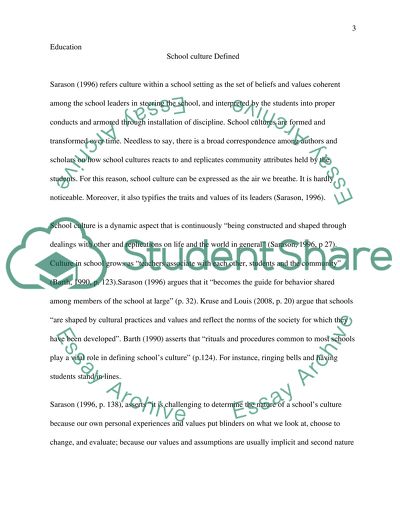Cite this document
(“Building and Sustaining School culture Research Paper”, n.d.)
Building and Sustaining School culture Research Paper. Retrieved from https://studentshare.org/education/1454527-building-and-sustaining-school-culture
Building and Sustaining School culture Research Paper. Retrieved from https://studentshare.org/education/1454527-building-and-sustaining-school-culture
(Building and Sustaining School Culture Research Paper)
Building and Sustaining School Culture Research Paper. https://studentshare.org/education/1454527-building-and-sustaining-school-culture.
Building and Sustaining School Culture Research Paper. https://studentshare.org/education/1454527-building-and-sustaining-school-culture.
“Building and Sustaining School Culture Research Paper”, n.d. https://studentshare.org/education/1454527-building-and-sustaining-school-culture.


